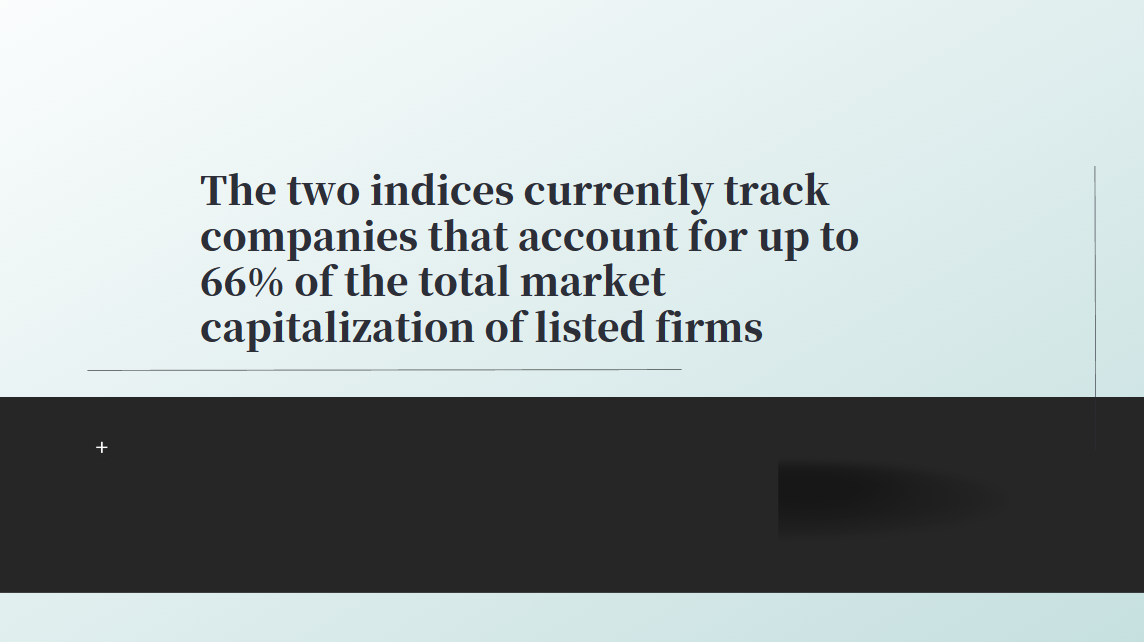Chinese localities ratchet up efforts to lure foreign investment, fuelling up economic recovery
Multiple Chinese localities are ratcheting up efforts to attract foreign investment by rolling out more supportive measures, fueling up economic recovery momentum of the world's second largest economy.
Shenzhen, a high-tech hub in South China's Guangdong Province, issued on Monday three action plans toward building world-class, law-based international business environment.
The special economic zone proposed that measures should be implemented to better attract and use foreign capital and set the target that the city's actual use of foreign capital in high-tech sector will reach at least $4 billion by 2025.
Toward that goal, the actions plans highlighted that it is important to shore up policy stability for foreign-funded firms. Policy publicity and interpretation for those firms should be enhanced when soliciting opinions from businesses in the process of policy-making and business layout.
Multinational companies in Shenzhen are now encouraged to further absorb advanced global production expertise. And, management beyond the government's so-called negative list should be implemented equally on both domestic and foreign firms, according to the plan.
In Guangdong Province, a major economic powerhouse, foreign investment has been on a steady rise so far this year despite facing a spate of challenges.
According to the statistics released by the provincial commerce bureau, Guangdong's actual use of foreign capital reached 96.75 billion yuan ($13.48 billion) in the first half of the year. In June alone, the figure went up 1.4 times on a yearly basis.
German chemical giant BASF and Chinese wind turbine manufacturer Mingyang Smart Energy Group announced last month to jointly construct and operate an offshore wind farm in Zhanjiang city, Guangdong.
A senior official in Qinhuangdao city, North China’s Hebei Province, told the Global Times on the condition of anonymity that representatives of the coastal city are actively luring foreign investment during recent months and they have kept on communicating with foreign corporate executives on a regular basis.
Since the start of the year, an array of senior executives from world-renowned multinationals have visited China, displaying their confidence in the country's economic outlook and to double down their investment in the enormous market.
China kicked off a yearlong campaign in March this year under the theme “Invest in China,” a strong move to attract foreign investment and help foreign companies better understand China's opportunities post-pandemic.
Data from the China's Ministry of Commerce (MOFCOM) showed that newly-established foreign firms in the first six months of the year increased by 35.7 percent to reach 24,000.
Despite the nationwide actual use of foreign capital fell 2.7 percent year-on-year in the first half of the year, foreign investment has remained largely stable, Zhu Bing, a MOFCOM official said last month.
Zhu attributed the slight decline to the high base last year, the sluggish global cross-border investment and intensified competition for international investment. “But we must also see that the fundamentals of China's economic resilience, sufficient potential, and long-term improvement have not altered.”
There will be another batch of senior executives of multinationals that are planning to visit the country in the second half of the year, according to the official.
China attracted a record foreign investment of $189.13 billion in 2022, up five percent year-on-year, according to the World Investment Report 2023 released by the United Nations Conference on Trade and Development (UNCTAD), underscoring the great potential and attractiveness of China’s huge market.






















































First, please LoginComment After ~